Student Blog

An Autumnal Occupation ⟩
October 4, 2015, by Heather
The Fall season is absolutely my favorite time of year. It reminds me of the times when my grandma and I would partake in one of our favorite occupations: making pomegranate jelly.

During October and November, I would go over to her house almost every weekend to make our wonderful creation. The process was long, yet meditative. First, we would pick the pomegranates off of the tree. Bags and bags of them. Then, we would sit for 2-3 hours seeding the pomegranates in tubs of water. By doing this in water, the seeds were prone to loosen and break out of their membrane without squirting everywhere. From here, my grandma would juice the seeds to make pomegranate juice (remember, this was before POM juice was a thing). The rest of the process involved adding sugar, pectin, and acid to balance out the thickening action of the pectin. The sugar was integral to the recipe because it increased the volume of the juice, sweetened it, and helped to prevent the jelly from fermenting. The last step was to pour the jelly concoction into sanitized Mason Jars, stir the contents to eliminate air bubbles, and skim the foam off the surface.

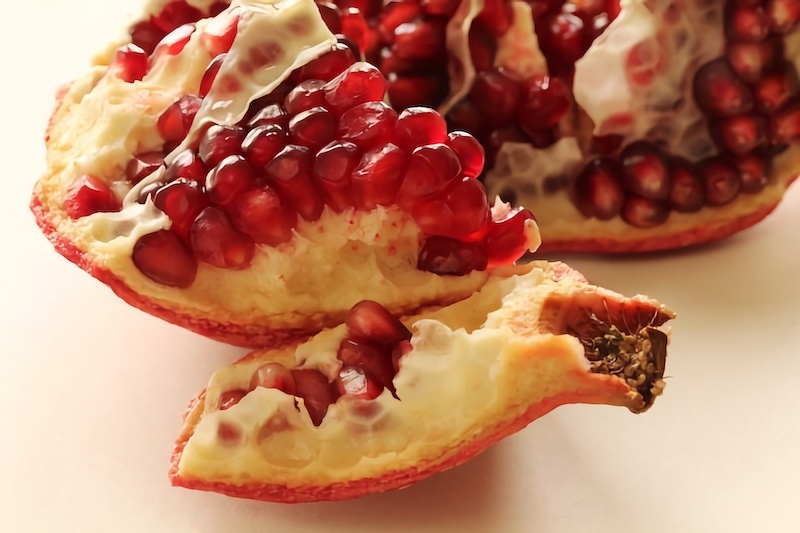
Grandma always told me that pomegranates were healthy, but I never quite understood why. Just recently, I did some research to find out their health benefits. Some of the interesting facts that I discovered were that pomegranates contain high levels of vitamin C and many types of antioxidants, namely 3: anthocyanidins: cyaniding, delphinidin, and pelargonidin. The polyphenol context is 3X the amount found in green tea and red wine. Studies show that they are directly related to the prevention of cancer and heart disease prevention
The occupation of making pomegranate jelly has been very important to me throughout my youth and young adulthood. After my grandma passed away, my mom and I have continued to engage in the ritual every Fall season. I believe that every life has meaningful occupations like this one, and that it is worthy task to continue practicing them throughout our lives.
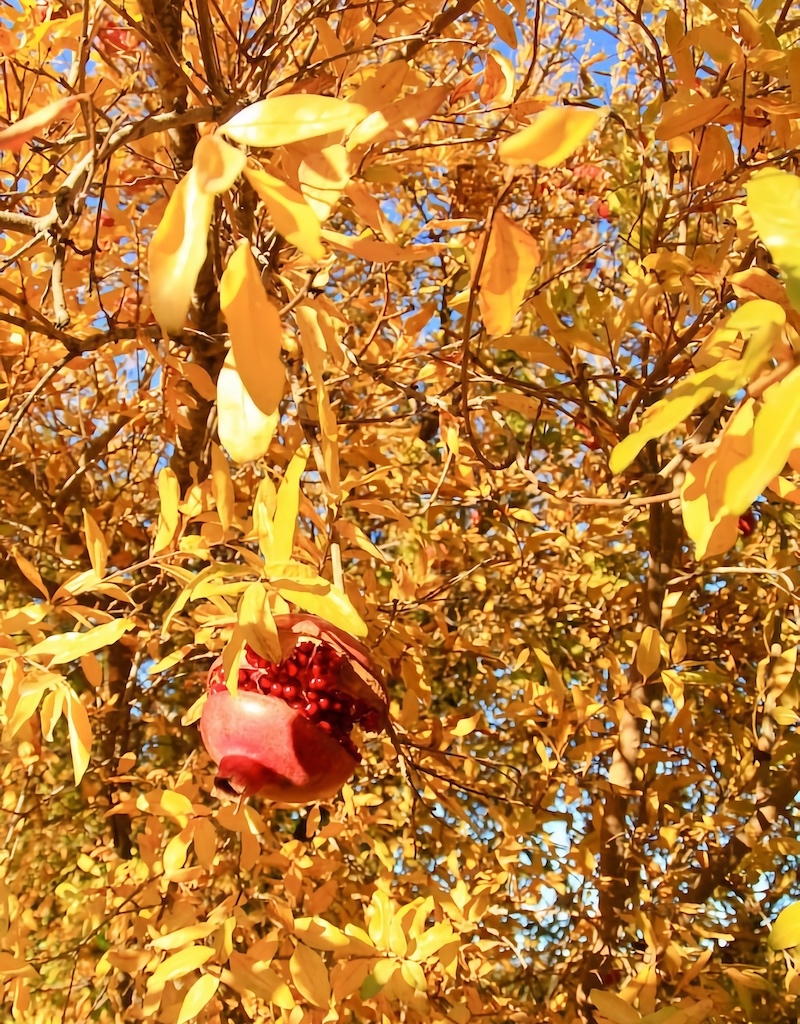
⋯
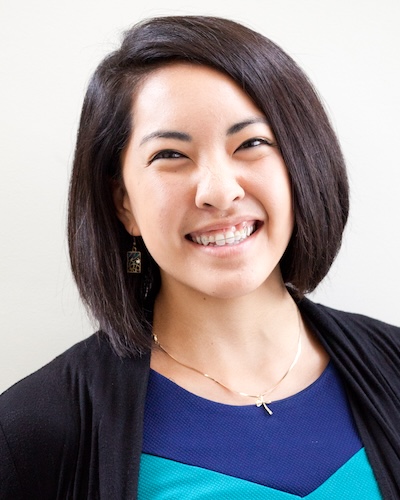
Health Professional Puzzle Pieces ⟩
October 2, 2015, by Rashelle
One of the greatest things that USC offers is the chance to learn from and network with the breadth of programs offered at USC. This past Saturday I attended the 5th Annual Inter-professional Health Symposium. This unique opportunity allowed me to interact and collaborate with USC students in their journey of becoming doctors, physician assistants, pharmacists or physical therapists. USC was even able to invite nurses from Mount Saint Mary’s University, to further expand the disciplines represented! The conference focused on the large-scale issue of Urban Health, and emphasized how the solution lies within the cohesion of our health professions.
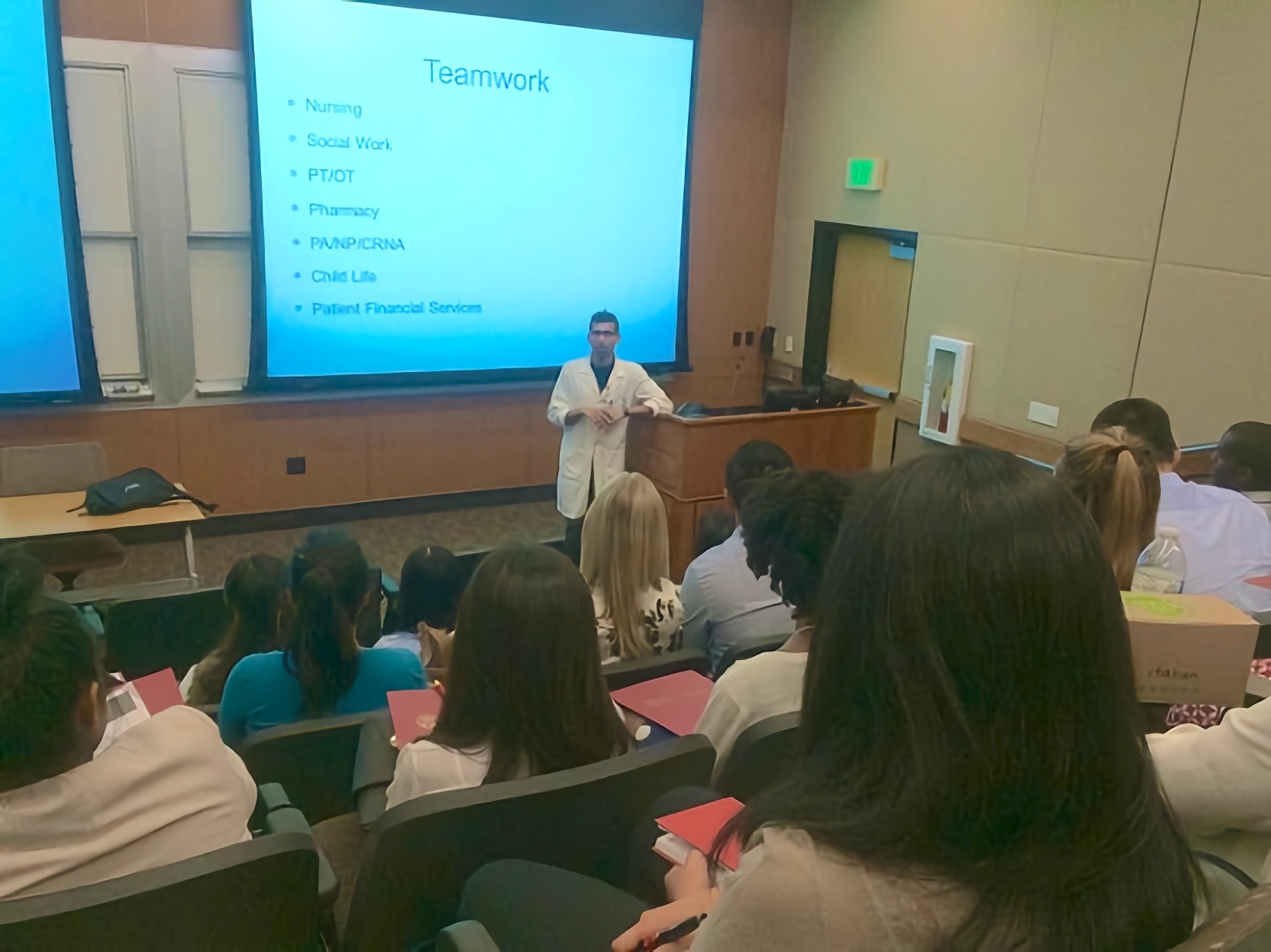
Teaching Teamwork
Each speaker talked about the individual responsibilities of each profession, and the necessity of interdependence if we truly wanted to form an effective, patient-centered recovery process.
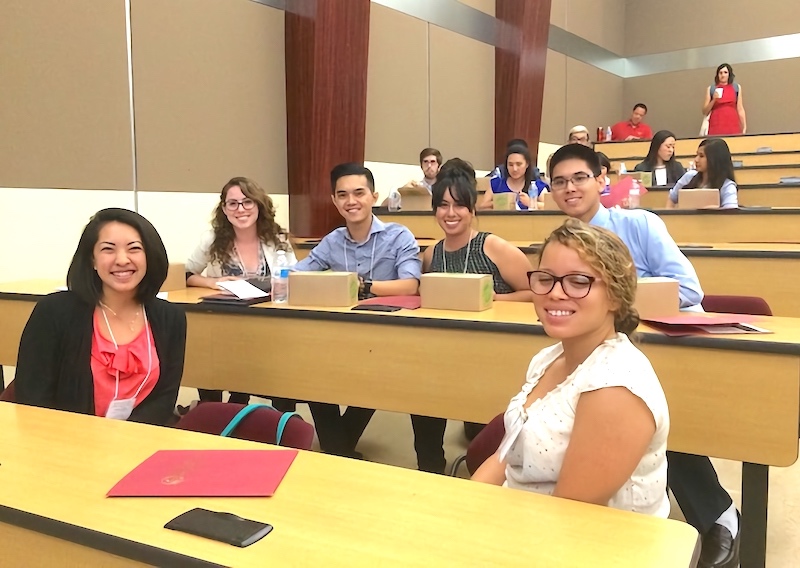
Collaboration during Lunch
During lunch, we were given a case study to practice our newly acquired skills, which we have learned in our respective programs thus far. I was beyond excited to able to tell other professions about what occupational therapists can do with our holistic lens, creative adaptations and healthy routines! It was also exciting being able to reconnect with friends from my undergraduate years at USC.
Fight on forever!
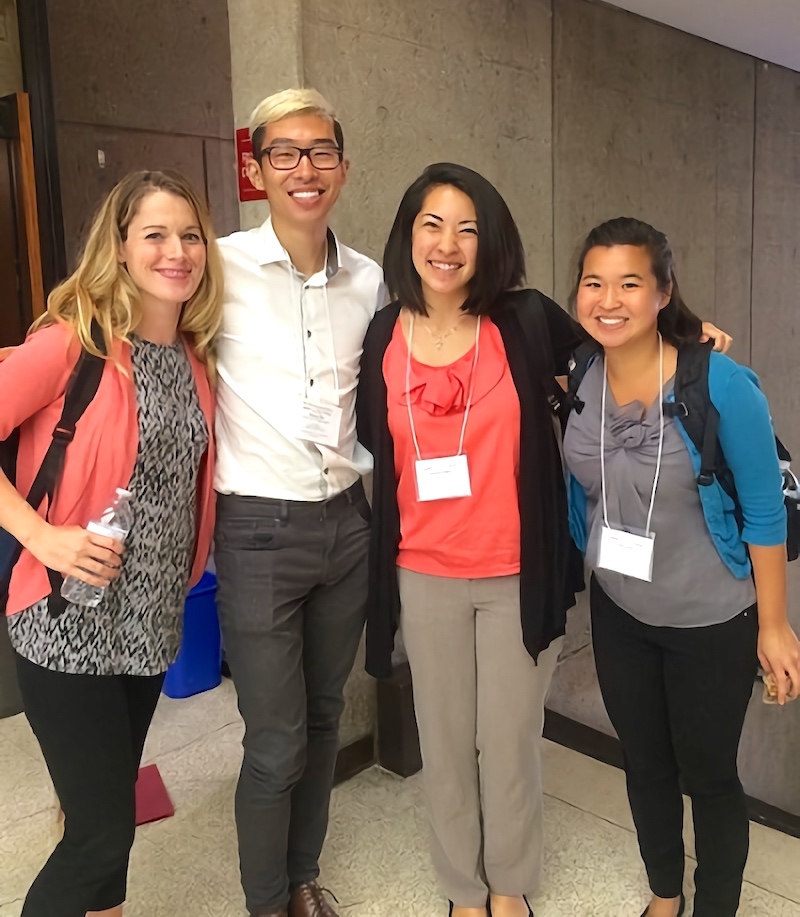
OTs at Symposium
Lastly, it was nice to see my fellow occupational therapy colleagues representing our profession in casual conversation and groups alongside me!
Stacey Janofsky, a first year occupational therapy student, can attest to the value of the symposium as she even mentioned it as her favorite memory in the program thus far.
⋯

Starting Early: The Next Generation Of OTs ⟩
October 1, 2015, by Joe
Last week, I represented USC Chan at an expo for high school guidance counselors.
While we do offer a direct admit Bachelor’s-to-Master’s program, occupational therapy practice requires a Master’s degree so I was curious how much interest we would receive from high schoolers . . . I mean, I didn’t even know about OT until I was 27!

Joe & Helen at the High School Counselor Expo
Turns out there’s a lot of interest! (Which you already knew, you are reading this blog after all . . .)
One of the guidance counselors from St. Louis, MO came directly to us to ask about our programs, because “all my students want to be OTs!” It was such a thrill to hear that even teenagers are voicing interests in joining this awesome profession.
Time did call us one of the top 5 “Most In-Demand Jobs”. And U.S. News & World Report ranks us in the top 10 “Best Health Care Jobs”.
In the comments, tell us about when you first discovered OT!
⋯
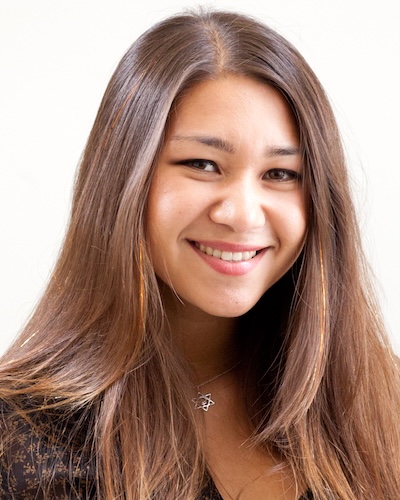
Fine Motor Merriment! ⟩
October 1, 2015, by Ariel
Classes Videos What are OS/OT?
This week in Pediatrics, we created our very own Fine Motor Toolkits! This project was one of many interactive ways in which our teachers help us process the concepts we are learning in class. Our directions for the toolkit were to use our knowledge of pediatric fine motor skill development in order to create activities that could be used as therapeutic interventions. To do so, we addressed all kinds of potential developmental challenges that children with disabilities might be struggling with: grasp patterns (for writing), in-hand manipulation, finger strength, tool use, stereognosis (the ability to perceive objects by touch), and kinesthesia (the awareness of the movements of one’s body).
We went around and shared our ideas in class; I must say, I was very impressed! It was inspiring to see what everyone had come up with for their activities. I am so lucky I get to call these creative, talented, and intelligent people my classmates.
Here is a video of one of the Pediatric Fine Motor Toolkits born out of this assignment, created by Palita Joyce Thamparipatra!

⋯

So you want to be a licensed OT in the US? ⟩
September 27, 2015, by Samar
You are already a practicing occupational therapist with a bachelor’s degree in OT and aspire to get your occupational therapy license to practice OT in the US . . . But you don’t know where to start!
According to American Association of Occupational Therapy (AOTA), effective July 31, 2013, the minimum criteria established by the National Board for Certification in Occupational Therapy (NBCOT) to be eligible for the initial certification examination, which required for practice:
- Completion of an Entry-Level Bachelor’s Degree in Occupational Therapy from a government authorized and/or WFOT approved college or university occupational therapy educational program AND a Post Professional Masters Degree in Occupational Therapy OR
- Completion of an Entry-Level Master’s Degree in Occupational Therapy from a government authorized and/or WFOT approved college or university occupational therapy educational program
What this means is that you need to first complete a post-professional master’s degree in Occupational Therapy. The one-year post-professional master’s program offered by USC is a great option for that. Second, apply for NBCOT’s Occupational Therapy Eligibility Determination (OTED) review. NBCOT will review your credentials for both your bachelor’s degree and master’s degree in OT to determine if you’re eligible to sit for the initial national certification examination. Once you’re determined eligible, you can apply and schedule for the NBCOT exam. After you pass the exam you’re ready for the final step for getting your state license. Depending on which state you plan to practice in, the requirements might be different. Check out the California Board of Occupational Therapy requirements. Other resources that you might find useful to check out are the AOTA website on working and studying in the US and the AOTA’s NBCOT exam prep website.
I hope this has been helpful in terms of having all of the information you might need in one place. Last but not least, if you have any more questions, feel free to contact me. I have been through the process recently and would be more than happy to help!
⋯





